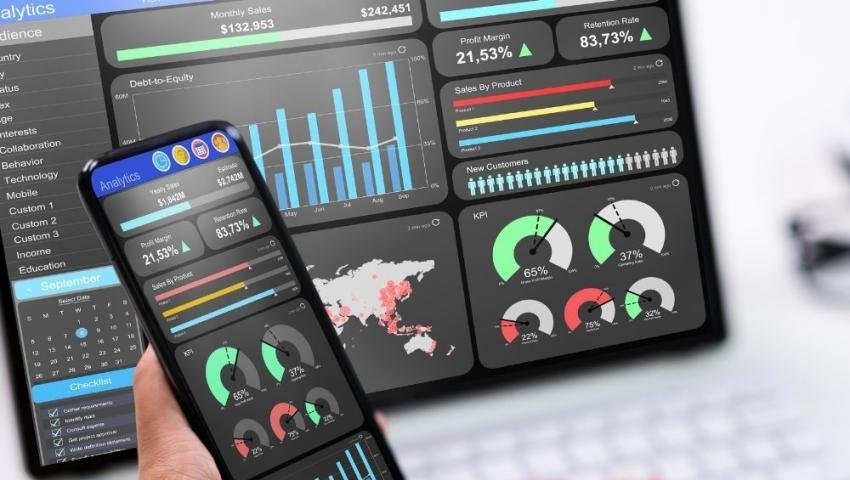
Fake Data, Real Protection: The Art of Data Masking
Protecting sensitive information doesn’t have to mean limiting access. Fake Data, Real Protection: The Art of Data Masking explores how masking techniques let you safely use real-looking data for testing, training, and analysis—without risking privacy. Ideal for developers, analysts, and security pros who value both function and protection.
Fake Data, Real Protection: The Art of Data Masking
In a time when data breaches happen "when" rather than "if," safeguarding private data is more important than ever. While encryption grabs headlines, there's another, often overlooked hero working quietly behind the scenes—data masking.
It may sound like a trick, but it’s no illusion. By replacing real data with fake but realistic substitutes, data masking keeps critical information safe without breaking functionality. Let’s dive into what data masking is, how it works, and why your organization should take it seriously.
What Is Data Masking?
Data masking is the process of obscuring or altering sensitive data elements—like names, account numbers, Social Security numbers, and health records—so that the information remains usable for development, testing, or analytics, but unreadable and useless to unauthorized users.
The magic lies in creating fake but believable data. Developers, testers, or data analysts can still perform their work as if they’re working with the real thing, but without putting customer or business data at risk.
Why Data Masking Matters
1. Compliance Without Compromise
Industries handling sensitive information—such as finance, healthcare, and e-commerce—must comply with strict regulations like GDPR, HIPAA, and PCI-DSS. Data masking enables businesses to meet these compliance standards while continuing operations without exposing actual data.
2. Realistic Testing Environments
Developers and QA testers need real-world data to find bugs and improve applications. But using actual customer data in non-production environments can be risky. Data masking offers the best of both worlds—realistic testing and total protection.
3. Minimizing Insider Threats
Most data breaches don’t come from hackers halfway around the world—they come from within. Data masking limits the exposure of sensitive information, reducing the risk posed by internal users like developers, contractors, or analysts.
Types of Data Masking Techniques
Here are some common data masking strategies:
Substitution: Replacing real data with fake but structurally similar values (e.g., replacing “John Doe” with “Jane Smith”).
Shuffling: Randomly rearranging data within the same column.
Nulling Out: Replacing data with null or blank values.
Encryption: Masking by encoding data, although decryption is possible if keys are available.
Tokenization: Replacing sensitive data with a non-sensitive equivalent (a "token").
When to Use Data Masking
You should consider implementing data masking when:
Sharing data with third-party vendors or consultants
Testing software in non-production environments
Training employees using real data formats
Migrating data across cloud platforms
Providing data access to analysts without revealing identities
Real-World Example
Imagine a hospital that wants to build a new patient portal. Developers need to test the system but using actual medical records would be a massive privacy violation. Instead, they use data masking to replace patient names, diagnoses, and medications with realistic alternatives. The system works exactly as it would in the real world, and no actual patient data is ever exposed.
Data Masking Is Not Optional Anymore
Data is a high-value asset and a high-risk liability in today's digital environment. Leaving sensitive data exposed is a recipe for disaster, whether from human error, insider threats, or external attacks. Data masking serves as a strong, preventative line of defense.
Remember: real protection doesn’t always require real data. Sometimes, fake data is your best friend.
Final Thoughts
Data masking is a business enabler as well as a cybersecurity technique. It ensures that your teams can innovate, build, test, and analyze safely. The art of disguising data isn’t deception—it’s smart defense.
So, the next time you think about securing your digital assets, don’t just encrypt—mask, shuffle, and protect.
Tooba Wajid
Leave a comment
Your email address will not be published. Required fields are marked *

